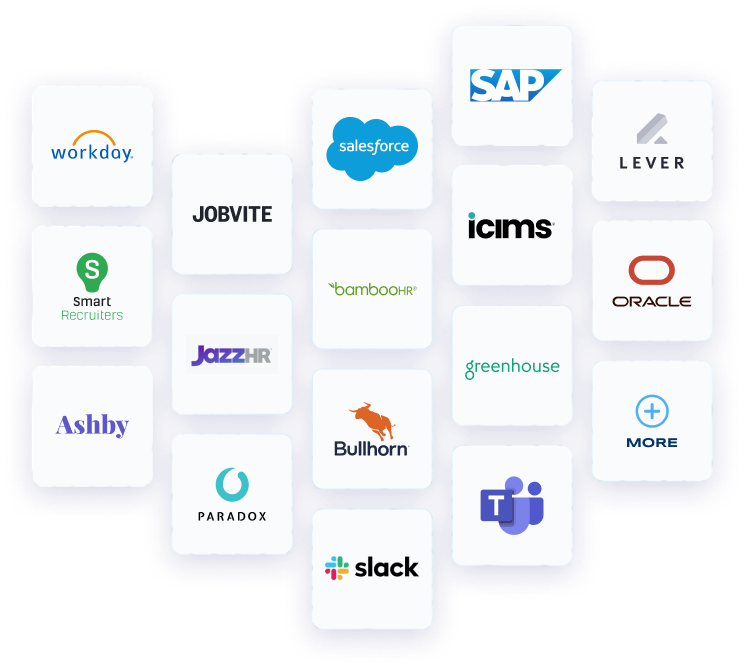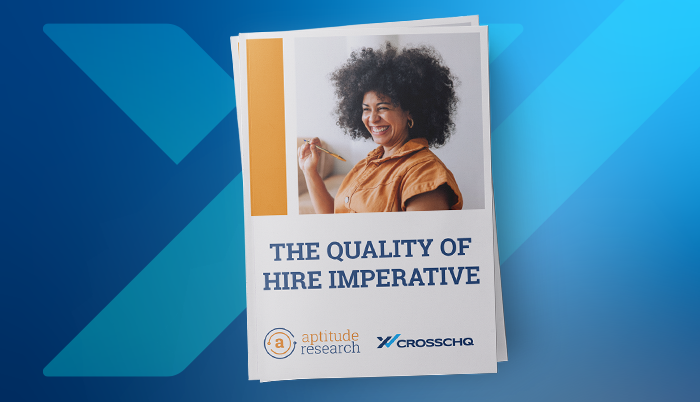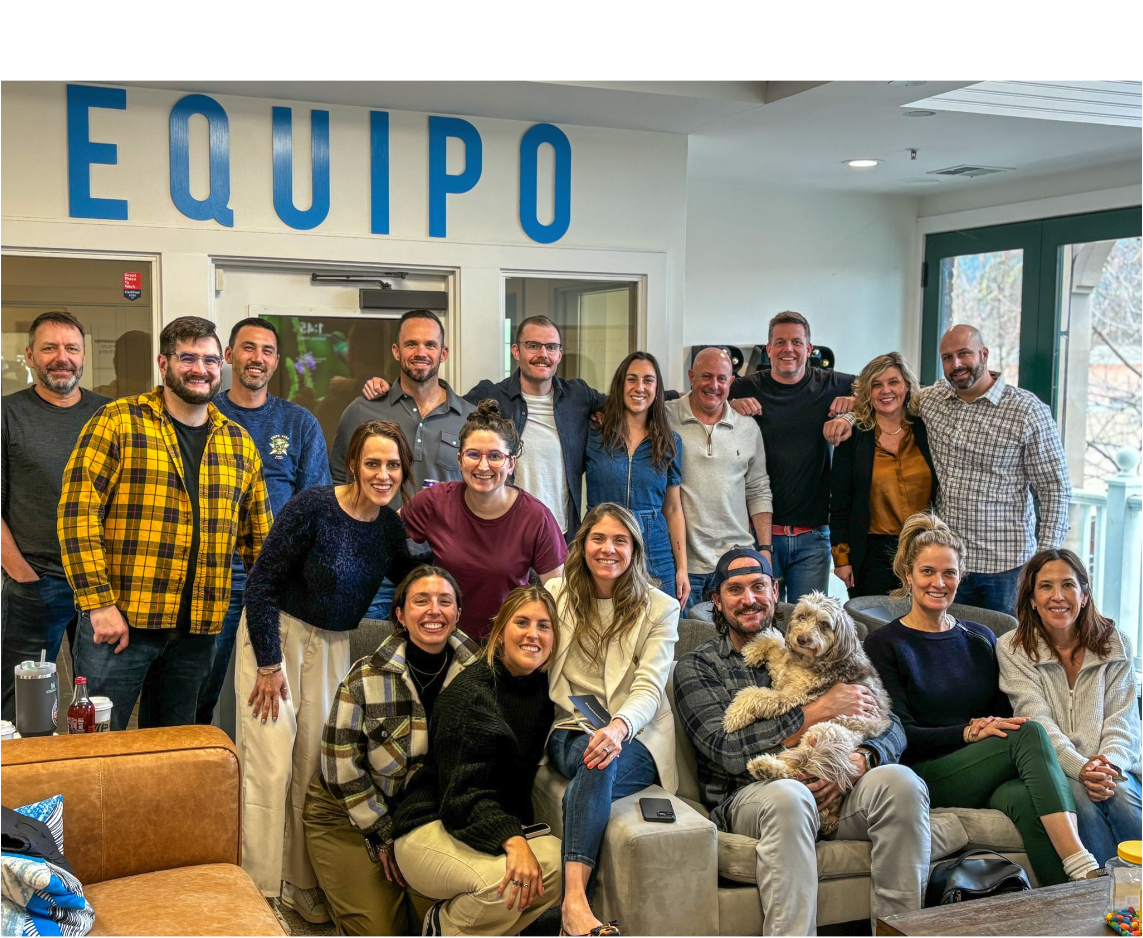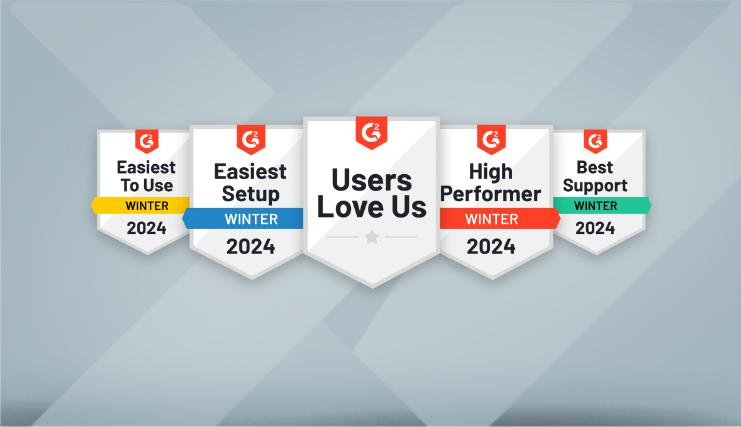

Crosschq Blog
Reference Check Discrimination: How to Ensure Fair and Bias-Free Hiring

Why Reference Check Discrimination is a Growing Concern
Reference checks are an essential part of hiring, helping employers verify a candidate’s background, work history, and qualifications. However, when conducted inconsistently or without proper structure, reference checks can introduce unconscious bias and even discrimination into the hiring process.
Businesses today must ensure that their hiring practices remain fair, data-driven, and compliant with anti-discrimination laws. Failing to do so not only increases legal risk but also results in missed opportunities to hire the best talent.
This article explores what reference check discrimination is, how it happens, and what organizations can do to implement fair, consistent, and effective hiring practices.
What is Reference Check Discrimination?
Reference check discrimination occurs when bias or unfair treatment influences the way references are collected, interpreted, or used in hiring decisions. This can happen in several ways, including:
- Inconsistent questioning – Asking different types of questions based on personal biases rather than job-related qualifications.
- Unconscious bias in feedback – Allowing subjective or coded language to unfairly influence hiring decisions.
- Discriminatory referee selection – Only seeking references that may confirm biases, rather than getting a balanced perspective.
- Ignoring legal guidelines – Failing to follow employment laws that protect candidates from unfair hiring practices.
Unchecked bias in reference checks not only violates fair hiring standards but can also lead to poor hiring decisions, reducing diversity and equity within an organization.
Common Biases in Reference Checks That Lead to Discrimination
Bias in reference checking is often unintentional, but it can significantly impact the hiring process. Here are some common biases to watch for:
Confirmation Bias
Hiring managers may unintentionally favor references that confirm pre-existing opinions about a candidate. This can lead to selective listening, where only positive or negative feedback is considered while ignoring the full context.
Gender, Age, or Racial Bias
Some references may describe soft skills, leadership, or competence differently based on a candidate’s gender, race, or age. For example, men may be described as “decisive,” while women are described as “nice but not assertive.” Bias in language interpretation can unconsciously influence hiring decisions.
Halo and Horn Effect
If a candidate has one exceptional trait, references may overly emphasize that quality, leading to a halo effect where shortcomings are ignored. Conversely, if a single negative trait is highlighted, it can unfairly overshadow the candidate’s qualifications.
Cultural and Communication Bias
References given by individuals from different backgrounds, industries, or cultures may be interpreted unfairly. Some cultures may be less direct in giving praise, while others may naturally use more formal or reserved language, leading to misinterpretation.
Legal Risks: How Discrimination in Reference Checks Can Lead to Compliance Issues
Many countries and states have strict laws protecting candidates from employment discrimination. Companies must ensure that their reference check process complies with Equal Employment Opportunity (EEO) laws, GDPR, and other data privacy and employment regulations.
Failing to conduct fair, structured, and legally compliant reference checks can expose businesses to:
- Lawsuits from candidates who believe they were unfairly disqualified based on biased reference checks.
- Regulatory fines and penalties for violating employment laws.
- Reputational damage, impacting employer branding and candidate trust.
Organizations must prioritize fairness in hiring by using structured, bias-free reference check solutions that align with compliance standards.
How to Prevent Reference Check Discrimination in Your Hiring Process
To eliminate bias and discrimination, businesses must implement standardized, objective, and technology-driven reference check practices.
Standardize the Reference Check Process
Ensuring all candidates go through the same structured reference check process reduces bias and inconsistencies. This includes:
- Using the same set of job-related questions for all candidates.
- Avoiding personal or irrelevant questions that could introduce bias.
- Keeping reference feedback focused on work performance and qualifications.
Use Data-Driven Reference Check Solutions
Manual reference checks often introduce human error and subjectivity. By using AI-driven and automated reference check solutions, businesses can:
- Remove unconscious bias by analyzing reference feedback with structured data models.
- Ensure consistent and fair evaluations of candidates.
- Detect discriminatory language patterns in reference responses.
Learn more about how structured reference check solutions improve hiring accuracy and fairness by exploring Crosschq’s Reference Check Platform.
Train Hiring Teams on Bias Awareness
Even with structured processes, human interpretation plays a role in reference checks. Training hiring managers and recruiters on:
- Recognizing unconscious bias in reference feedback.
- Avoiding coded language that could be discriminatory.
- Focusing on skills and performance rather than personal opinions.
Ensure Transparency in the Reference Check Process
A candidate-first approach improves fairness and reduces discrimination risks. Businesses should:
- Give candidates visibility into the reference check process.
- Allow candidates to choose a diverse set of references rather than only past managers.
- Use structured reference requests that encourage balanced feedback.
Why Businesses Must Take Action Against Reference Check Discrimination
A fair, bias-free reference check process is not just about compliance—it’s about hiring the right people for the right reasons.
By eliminating subjective, inconsistent, or biased reference checks, businesses can:
- Improve hiring accuracy by focusing on data, not personal opinions.
- Increase diversity and inclusion by creating a level playing field for all candidates.
- Reduce legal risks and compliance concerns by using structured, automated hiring processes.
Conclusion: The Future of Fair and Bias-Free Reference Checking
As hiring becomes more data-driven and transparent, businesses must rethink how they conduct reference checks. Manual, unstructured reference checks open the door to discrimination and bias, while automated, structured solutions ensure fairness, compliance, and better hiring outcomes.
Organizations that prioritize fair hiring practices and invest in bias-free reference check technology will not only mitigate risks but also gain access to a wider, more diverse talent pool.
To build a more equitable and effective hiring process, explore how Crosschq helps businesses eliminate bias from reference checks with AI-powered hiring intelligence.
Ready to create a more fair and data-driven hiring process? Learn how Crosschq ensures bias-free reference checks today.
Take the Guesswork
Out of Hiring
Schedule a demo now
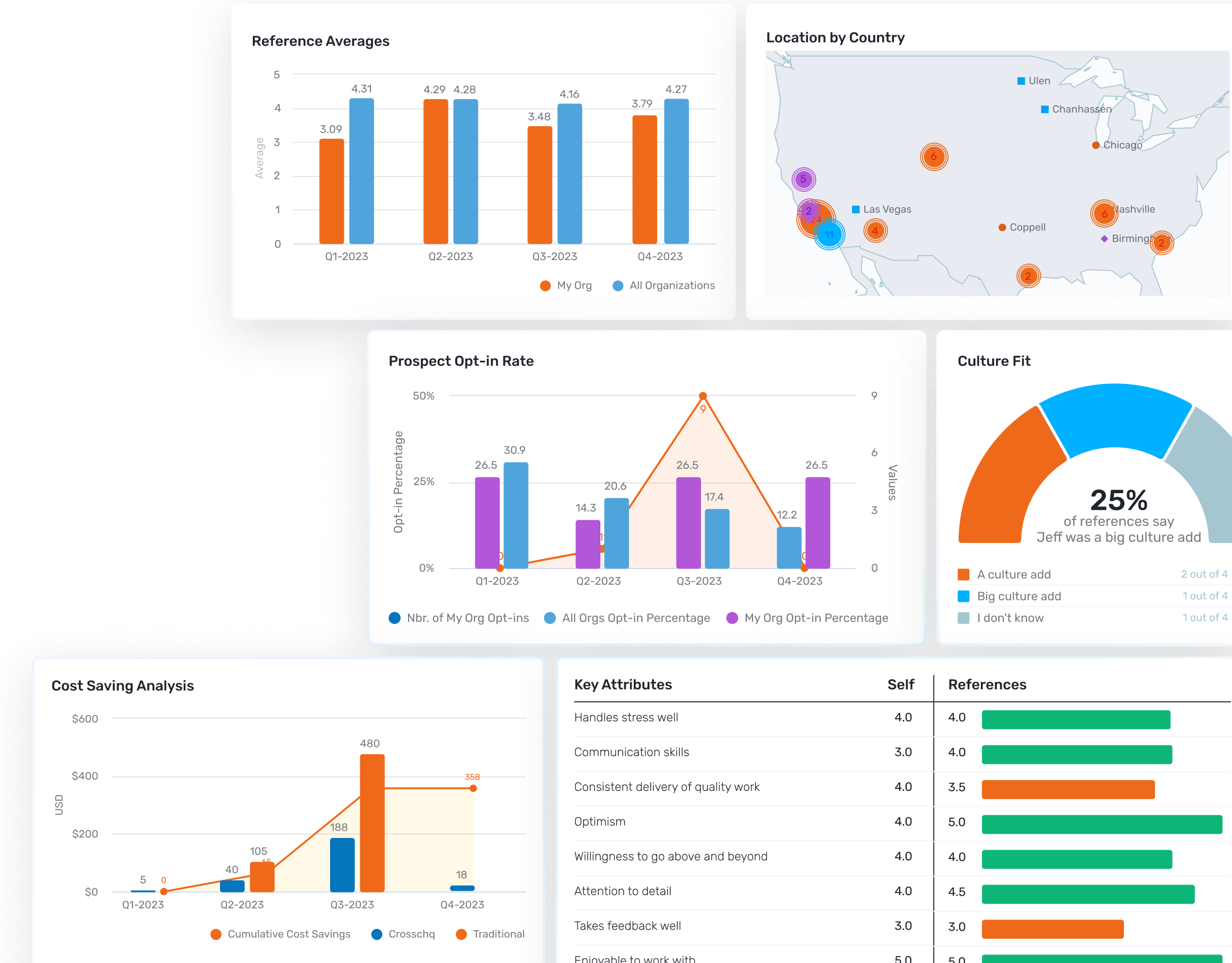
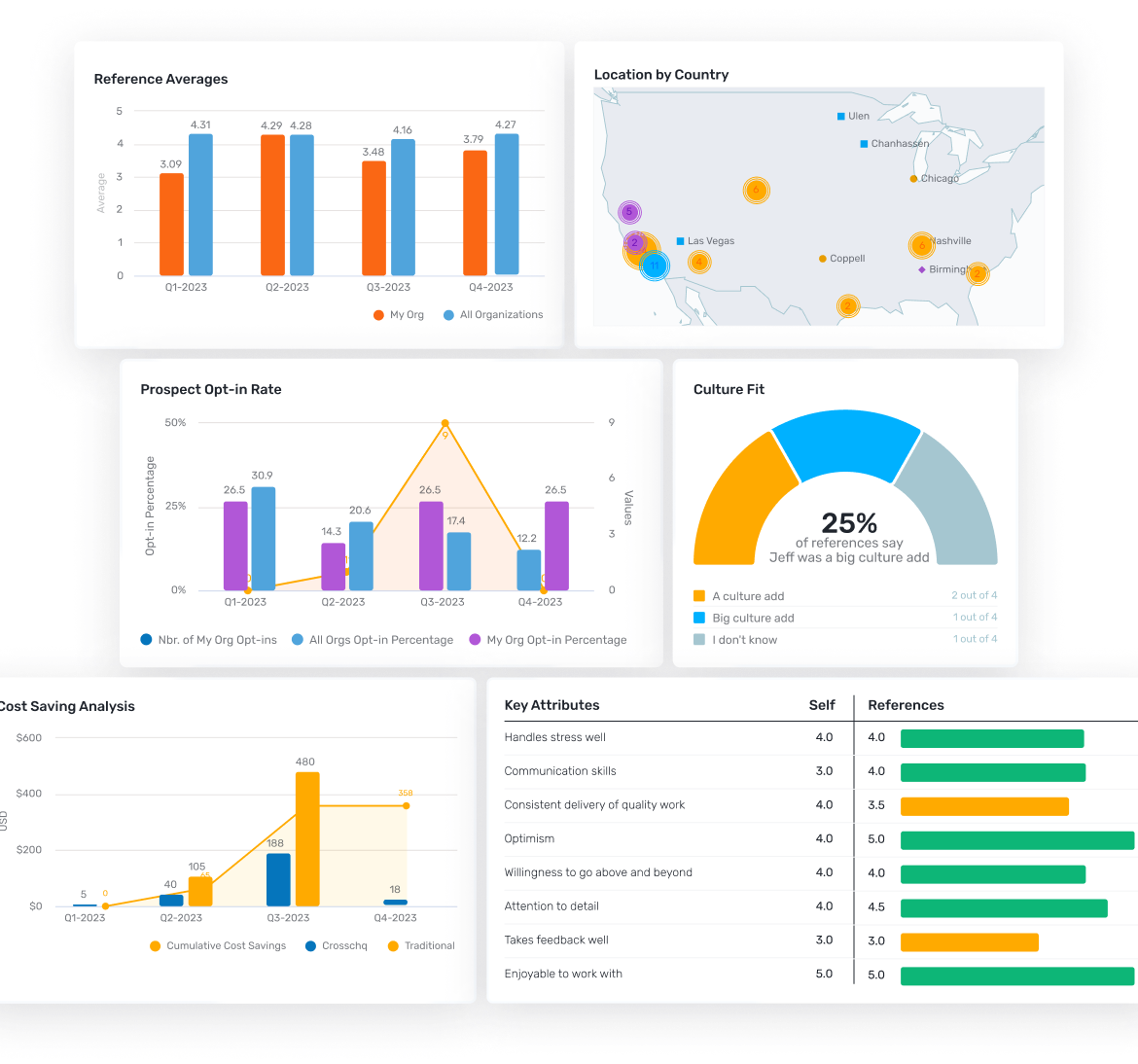

%20-200x43.png)
